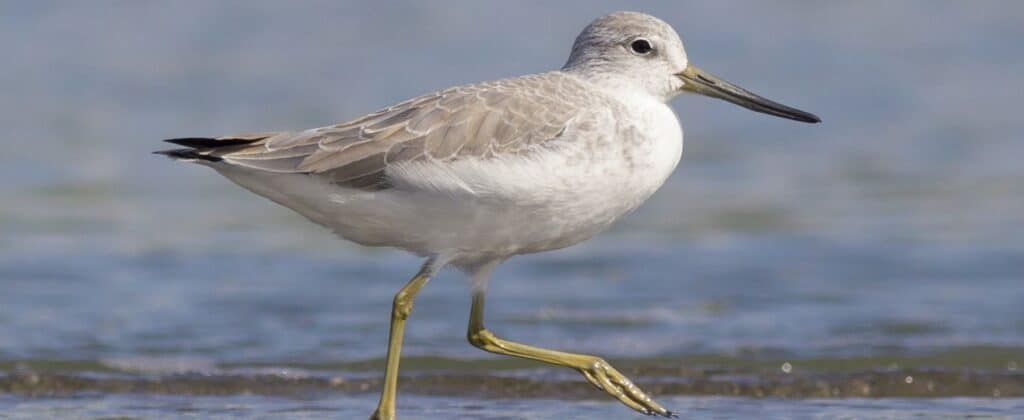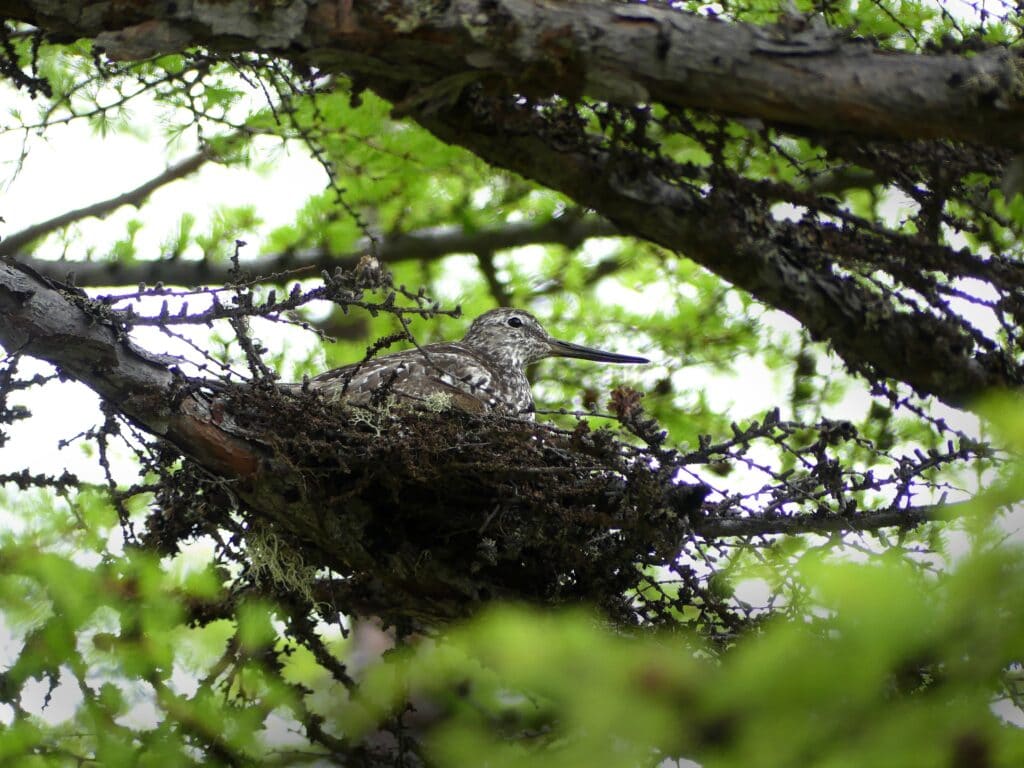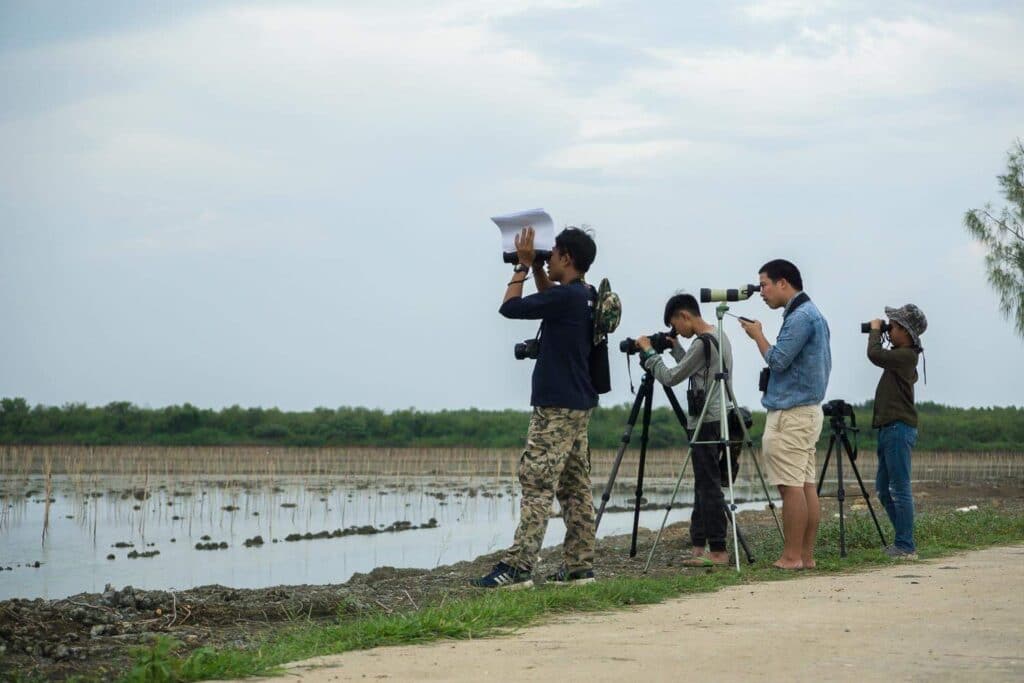It’s the legs that first catch the eye. They’re yellower than the name Spotted Greenshank Tringa guttifer might imply and an ideal length for loping through invertebrate-rich shallows in the upper Gulf of Thailand, on the East Asian-Australasian Flyway. Then its distinctively unusual upturned bill comes into view. BirdLife is now seeking to improve the future of this intriguing wader, through a Preventing Extinctions project supported by optics manufacturer Zeiss.
Spotted Greenshank is a worthy focus as it numbers “among the world’s most threatened shorebirds,” says Ding Li Yong, BirdLife’s Flyways Co-ordinator for Asia. Classified as Endangered, perhaps fewer than 1,500 remain. Worse, its population decline is ongoing, driven principally by habitat loss and degradation at unprotected sites. Such threats are especially worrisome given that Spotted Greenshank’s tightly confined distribution offers little safety net: it breeds solely in a small area neighbouring Russia’s remote coast where, fascinatingly, it builds its own nests (a unique behaviour among shorebirds) in larch trees.
After using a small number of staging posts on their migration southwards, all the world’s Spotted Greenshanks winter exclusively in Bangladesh and Southeast Asia. But even here the room for conservation manoeuvre is limited: “In winter, most of the known population appears largely concentrated in Thailand and Malaysia,” Yong explains. Specifically, “the varied wetlands of the inner Gulf of Thailand form the world’s most important wintering area,” says Thattaya Bidayabha of Bird Conservation Society of Thailand (BCST – BirdLife Partner). These may hold one-third of all Spotted Greenshanks, with two vital sites – Pak Thale Nature Reserve salt pans and Laem Phak Bia mudflats – hosting upwards of 100 individuals.
This pair of locations provides the fulcrum of a new BCST-led project, supported by BirdLife Asia. Building on five years of shorebird conservation efforts, including establishing a private nature reserve, BCST’s Khwankhao Sinhaseni explains that the organisation envisions “significantly strengthening local interest and engagement in Spotted Greenshank conservation in particular, plus shorebird conservation more widely.” This matters, Bidayabha adds, because “much of its habitat here remains unprotected.”






